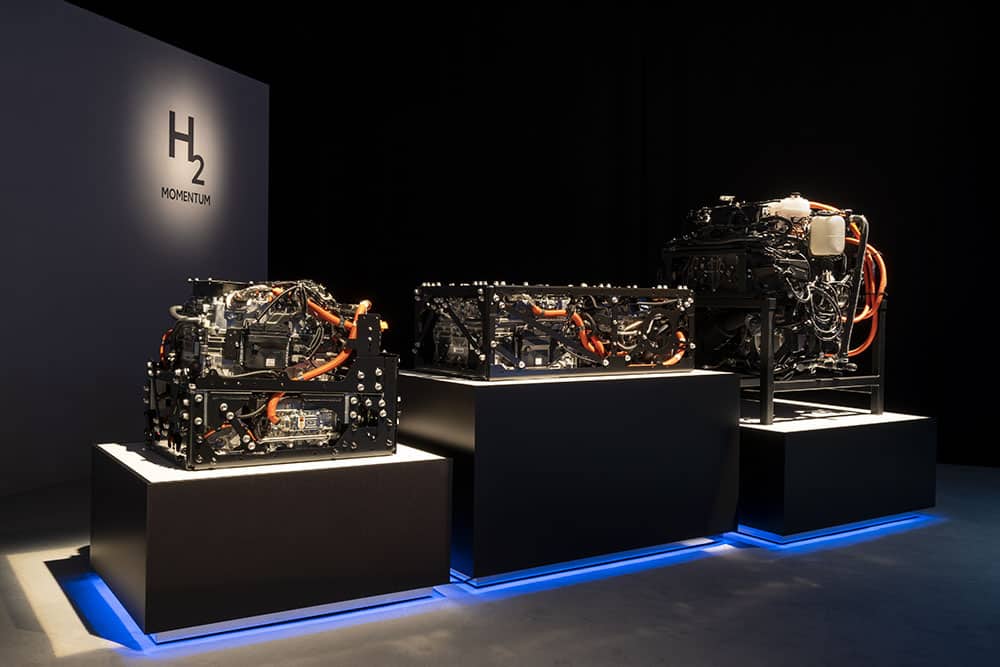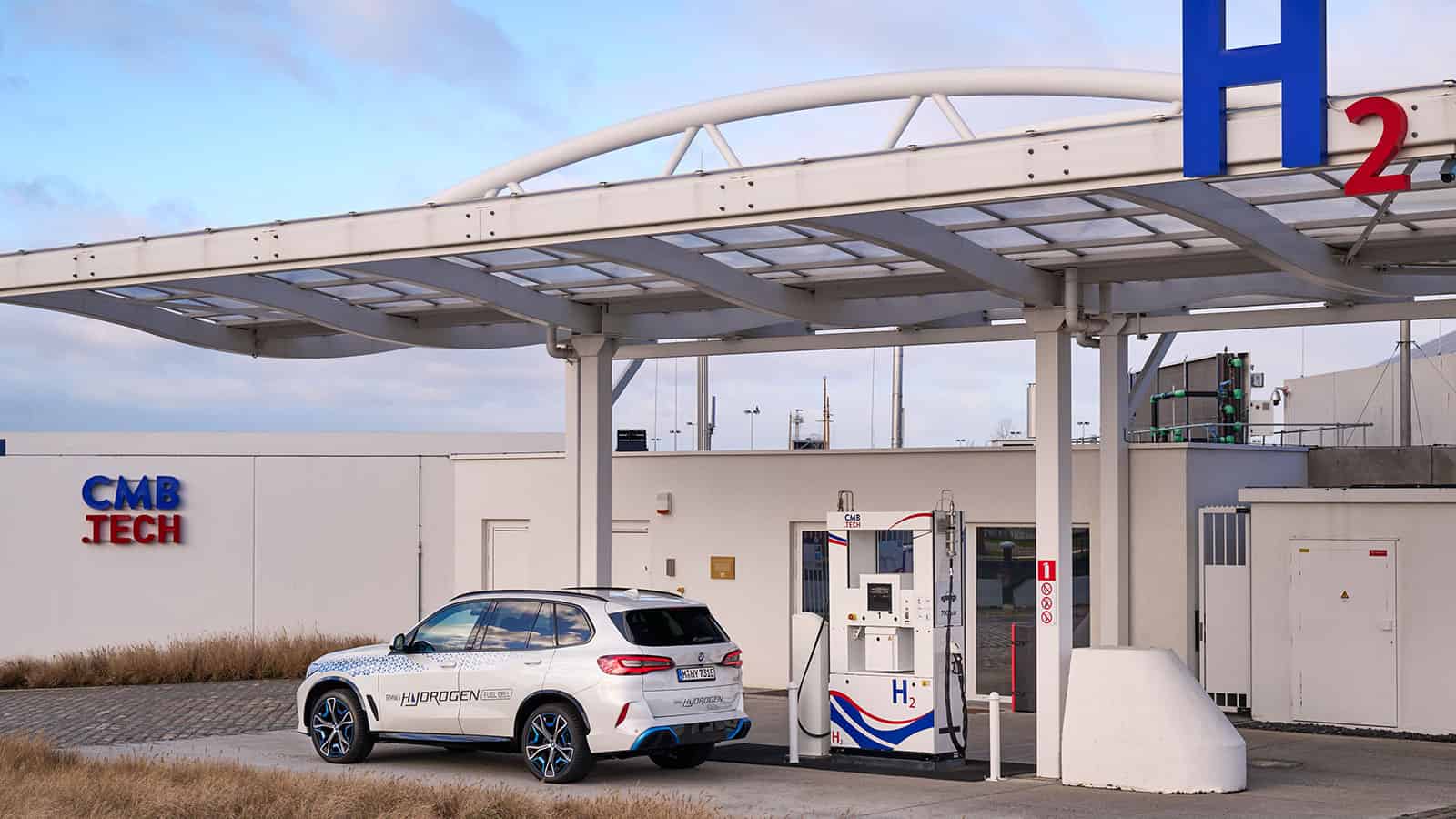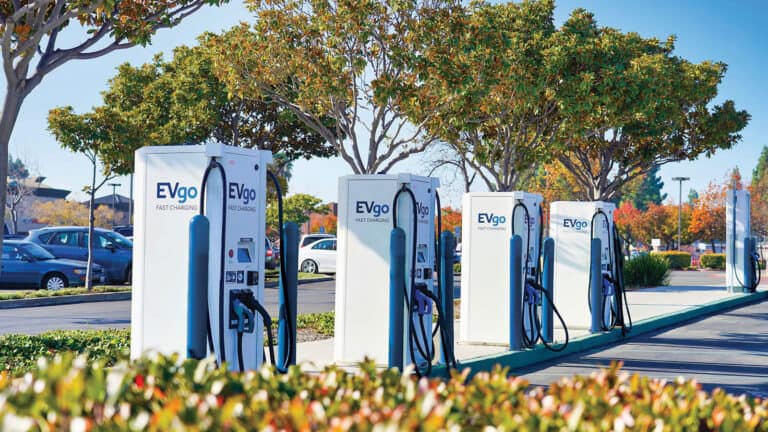- Hydrogen vehicles have potential but there are challenges ahead
- The process of extracting hydrogen is energy intensive and expensive
- There are still safety concerns around hydrogen refuelling
- The infrastructure is seriously lagging behind the electric charging network
Hydrogen vehicles are often positioned as an alternative solution to battery-electric vehicles (BEVs). Many fans of hydrogen-fuel-cell EVs (also called FCEVs) believe that the refuelling experience of hydrogen is far superior to charging a BEV because it’s closer to the experience of filling your vehicle with gas in terms of speed and convenience.
While this might be true, there’s a reason FCEVs haven’t taken off in the way BEVs have. One of the first challenges comes from extracting the hydrogen.
Extracting Hydrogen is Energy Intensive
The methods for extracting hydrogen are improving, but the process still requires huge amounts of both energy and investment.
Electrolysis
Electrolysis uses an electric current to split water into hydrogen and oxygen. Despite being energy intensive, the process can be powered by renewable energy, such as solar or wind power. This is the more sustainable of the two methods but it still uses a lot of energy and water in the process.
Steam reforming
Steam reforming uses heat and steam to break down methane into hydrogen and carbon monoxide (CO). This process is more energy-intensive than electrolysis, but it can be used to produce hydrogen from fossil fuels, such as natural gas. It tends to be more cost-effective than electrolysis but isn’t considered as green.
Refuelling Infrastructure
Another big challenge facing hydrogen vehicles is the lack of refuelling infrastructure. Even though FCEVs can often travel further than BEVs, there are only a limited number of hydrogen refuelling stations across the United States — most of which are located in urban areas. This means that hydrogen vehicle owners could struggle to find a refuelling station, especially when travelling long distances in rural areas.
On top of this, it’s expensive to build and maintain hydrogen refuelling stations, which puts off private companies while the future of hydrogen remains uncertain. Without government backing or a leap forward in the technology, this is unlikely to change.
As of 2022, there were just 54 hydrogen refuelling stations for road vehicles in the US. This figure is set to grow, however, as there are expected to be up to 4,300 large hydrogen fueling stations across the country by 2030.
The hydrogen fuel industry isn’t as mature as the battery electric industry and hasn’t had the same level of investment from governments around the world. This might change in the future, but it’s one of the elements that keeps driving BEVs forward while FCEVs get further behind.
Safety Concerns
There are also safety concerns around FCEVs as hydrogen is highly flammable. This means that hydrogen fuel cell vehicles require special safety precautions, including the use of high-pressure tanks to store hydrogen. If these tanks are damaged in a collision, they could pose a risk of fire or explosion. Hydrogen refuelling stations must also follow strict safety protocols to prevent fire or other incidents. While it’s possible to make hydrogen safe, there are still concerns that need to be addressed.
The Potential of Hydrogen Vehicles
Despite these challenges, there are benefits to hydrogen vehicles. These include:
- More efficient than internal-combustion-engine vehicles
- Zero tailpiple emissions
- Many can go further than a BEV when fully fuelled
- The refuelling process is relatively quick
- Particularly useful for commercial vehicles that travel long distances

Hydrogen vehicles have the potential to revolutionize the automotive industry. However, the challenges when it comes to the infrastructure, production costs, and safety concerns must be addressed before hydrogen vehicles become widely adopted.
As hydrogen refuelling infrastructure expands and costs decrease, hydrogen vehicles may become a viable option, especially for commercial vehicles in industries such as logistics that could benefit from the extra range of a FCEV over a BEV.

FTC: We use income-earning auto affiliate links. Learn more.

























